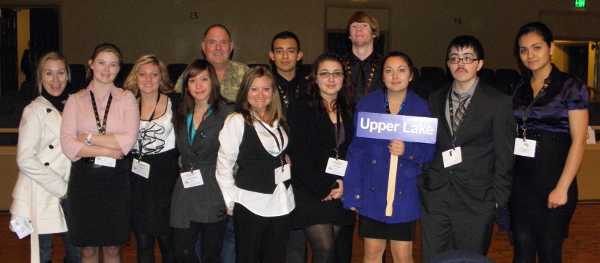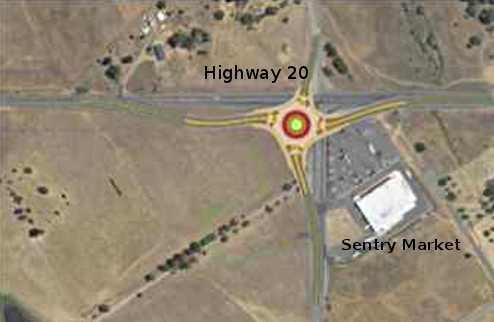- Elizabeth Larson
Investigation into fatal fire continues; mobile home park considers upgrading hydrants

LUCERNE, Calif – Investigators are still working to determine the cause of a Sunday fire that killed a Lucerne man, and fire officials also are discussing hydrant upgrades with the property owner of the mobile home park where the fire occurred.
Michael Edwin Fulk, 72, was identified as the victim of the Sunday morning fire by the Lake County Sheriff’s Office.
Fulk’s trailer, located in space No. 51 at Lorraine Village Mobile Home Park on Highway 20, caught fire early Sunday morning and was destroyed by the fire, according to Northshore Fire Protection District officials.
Despite a female neighbor’s efforts to get Fulk out of the house, she wasn’t able to reach him through the smoke and heat and had to turn back, as Lake County News first reported Sunday.
Fulk’s body later was found in the rear portion of the trailer by firefighters, the district reported.
While Fulk’s residence was a total loss, firefighters were able to prevent damage to the structures that surrounded it. Northshore Fire Chief Jay Beristianos said the other buildings close by experienced no exposure damage.
The Lake County Arson Task Force, which is leading the fire investigation, is continuing work to settle on a final cause, said Beristianos.
“I have not got an official ruling on it but we are leaning toward electrical,” Beristianos said of the potential cause on Tuesday.
The district’s initial report on the fire said that Lorraine Village has no operating fire hydrants, which made it necessary for firefighters to place 800 feet of 5-inch hose in order to fight the fire.
On Tuesday Beristianos clarified that the mobile home park’s hydrants work, but they are only capable of 150 gallons per minute on average, well below the minimum of 500 gallons a minute needed for firefighting.
Beristianos said hydrants have capacity for as much as 1,750 gallons per minute, although not all areas of Lake County have that water pressure available. He said that tends to be an issue in rural areas.
In Lorraine Village’s case, when the park was first built several decades ago – Beristianos estimated it was developed in the 1960s – there weren’t requirements for the kinds of standard hydrants found in most community areas, he said.
While the park has no requirements for an upgrade, Beristianos said the park owner has expressed a willingness to bring the hydrants to a higher standard, and he’s working with the owner on that effort.
Email Elizabeth Larson at

 How to resolve AdBlock issue?
How to resolve AdBlock issue? 


















